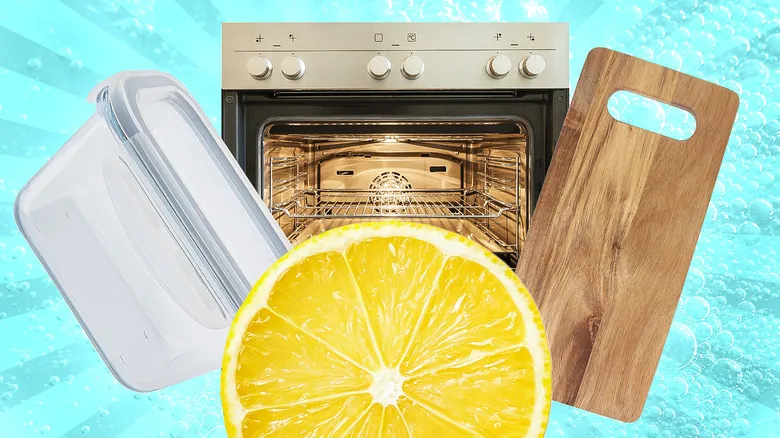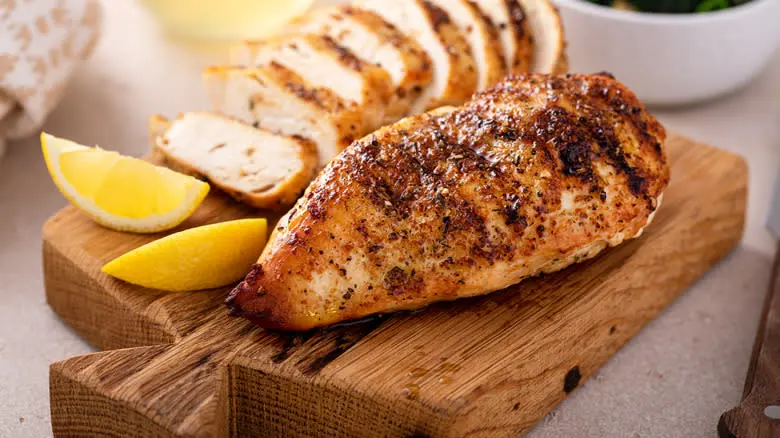The ingredient swaps you need to elevate boxed cake mix
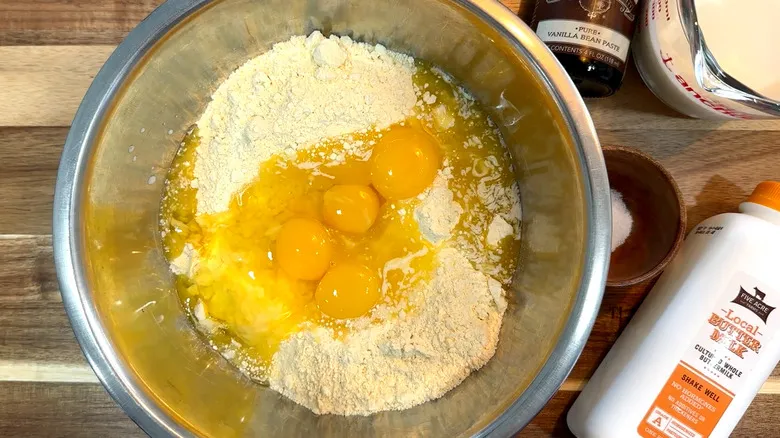
Most cake mixes require you to add three ingredients: vegetable oil, whole eggs, and water. However, each of these can and should be replaced with something more flavorful. "I always use melted butter instead of vegetable oil," says Rosenhouse. While vegetable oil is quite neutral, butter adds a richer taste and texture. You can also substitute one whole egg with two egg yolks, as the fat in yolks makes them significantly richer than egg whites. For instance, Rosenhouse's boxed mix calls for three eggs, but she actually uses two whole eggs and two yolks.
Water is the final ingredient you should be adding to your cakes, as it contributes little in terms of flavor. If your boxed cake mix requires water, Rosenhouse suggests replacing it with a more flavorful liquid that will enhance the dry ingredients. For a basic yellow cake, she recommends using a mixture of equal parts whole milk and buttermilk (or sour cream if buttermilk isn't available), while chocolate cake benefits from the addition of coffee.
These are just a few ingredient substitutions to elevate boxed cake mix, and you can also consider adding some extras. A splash of vanilla extract, or even better, vanilla bean paste, will infuse warmth and depth into the flavor. Finally, a pinch of salt will enhance all the other ingredients and balance the sweetness. "If you serve me a dessert without salt, I'm going to be really disappointed," says Rosenhouse.
Proper baking with boxed cake mix

Using a high-quality cake pan with relatively thick walls is crucial. Steer clear of lightweight, thin-walled pans, as they do not distribute heat effectively. Rosenhouse notes, "What will happen is that the cake will bake very quickly on the outside, turning a dark brown, while struggling to cook through." To prevent the cake from sticking, consider spraying a little cooking oil on the bottom of the pan and then placing a piece of parchment paper on top. However, keep in mind that this method is only suitable for flat-bottomed cake pans. If you're working with a bundt pan, follow these tips for successfully releasing the bundt cake from the pan for a smooth outcome.
Be sure to preheat the oven before you begin preparing the cake mix, ensuring it reaches the proper temperature by the time you're ready to bake. To determine if your cake is fully baked, use the springback test by gently poking the cake. If it springs back, it’s ready. While many people rely on a toothpick to check for doneness, this method can be misleading, as it doesn’t take into account the residual heat that continues to cook the cake after it’s removed from the oven. Rosenhouse cautions, "If you wait until a toothpick comes out completely dry and the cake is pulling away from the sides of the pan, you’re likely overbaking it."
How to decorate with canned frosting
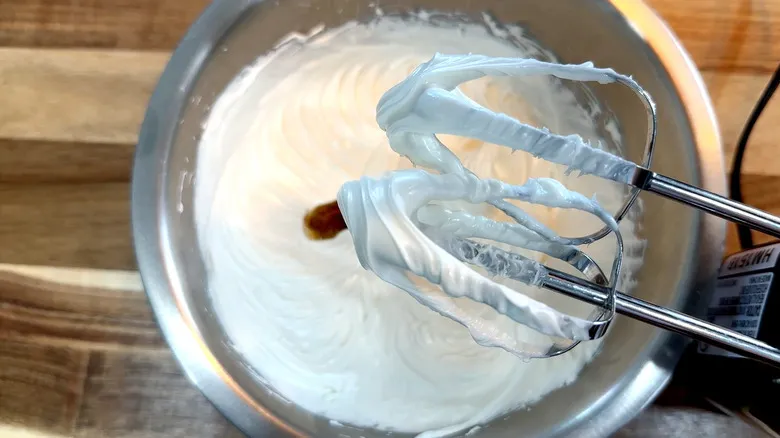
Canned frosting is a handy option for decorating a cake when you're short on time. However, it often has a less-than-ideal texture. "It's somewhat gummy," Rosenhouse remarks after trying store-bought frosting, "Definitely not the best frosting I've ever tasted." Additionally, canned frosting lacks the structural integrity needed for decorative piping, making it difficult to maintain its shape.
To improve it, simply whip the canned frosting as you would with homemade whipped cream. This process introduces air bubbles, reducing its density and increasing its sturdiness, allowing it to hold its shape better. Whip the frosting until it forms peaks, and feel free to mix in extra ingredients like vanilla bean paste, a splash of lemon juice, or a pinch of salt to elevate the flavor.
When it comes to decorating, if you've whipped your frosting correctly, it should be thick enough for easy piping. If it still appears too runny, continue whipping until you achieve the desired consistency for beautiful decoration. The more personal touches you add to your decorations—and to customizing your boxed cake mix overall—the more you'll enhance the homemade appearance and feel of your cake.
So there you have it! Your cake will be in excellent condition and far more flavorful than a typical boxed dessert. By avoiding these common pitfalls, you'll create a cake with added richness, a more balanced frosting, a hint of tang, and notes of vanilla. As Rosenhouse puts it, "Overall, just a better cake."
Recommended
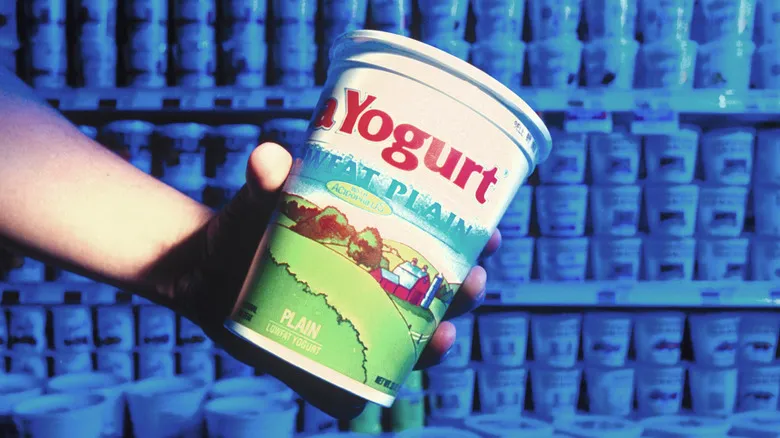
2 Easy Ingredient Swaps For Yogurt In A Recipe

Marcus Samuelsson Swears By A Simple Pan Swap For Cornbread
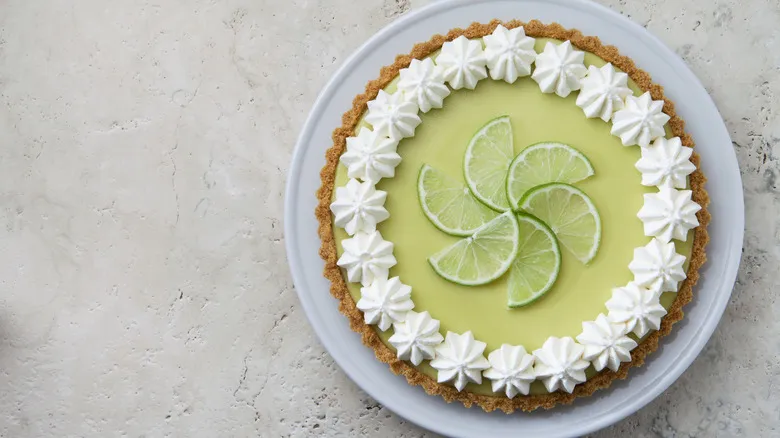
3 Secret Ingredients That Make Key Lime Pie Taste Even Better
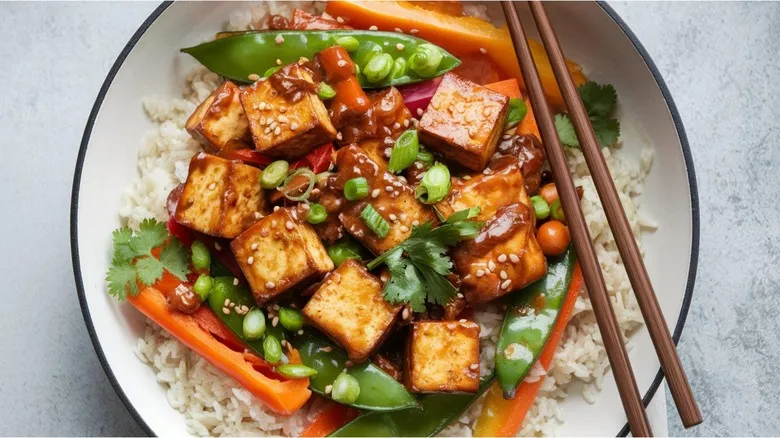
How To Make The Best Baked Tofu At Home
Next up



